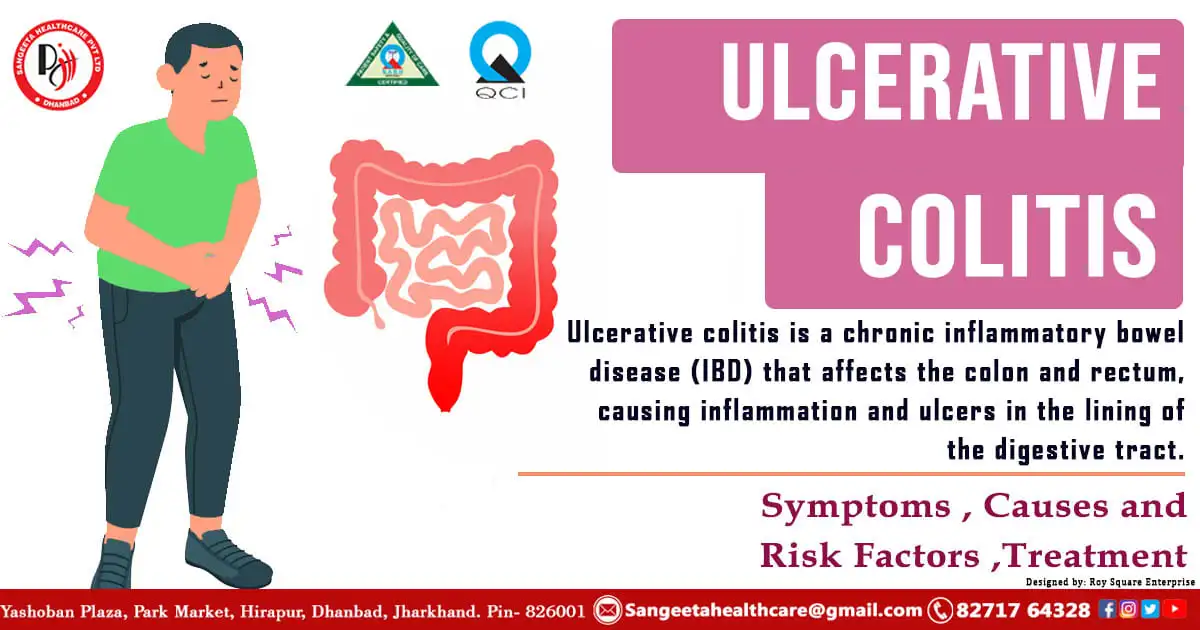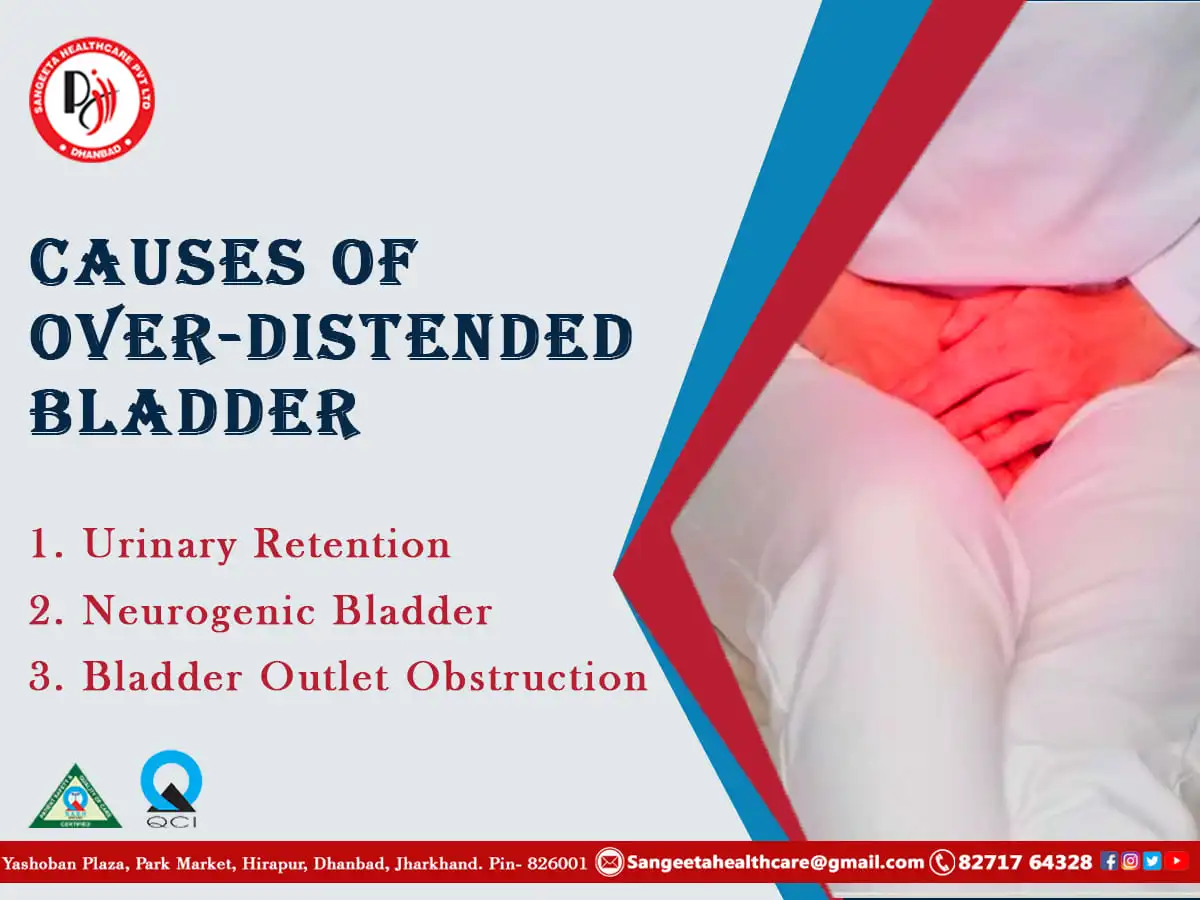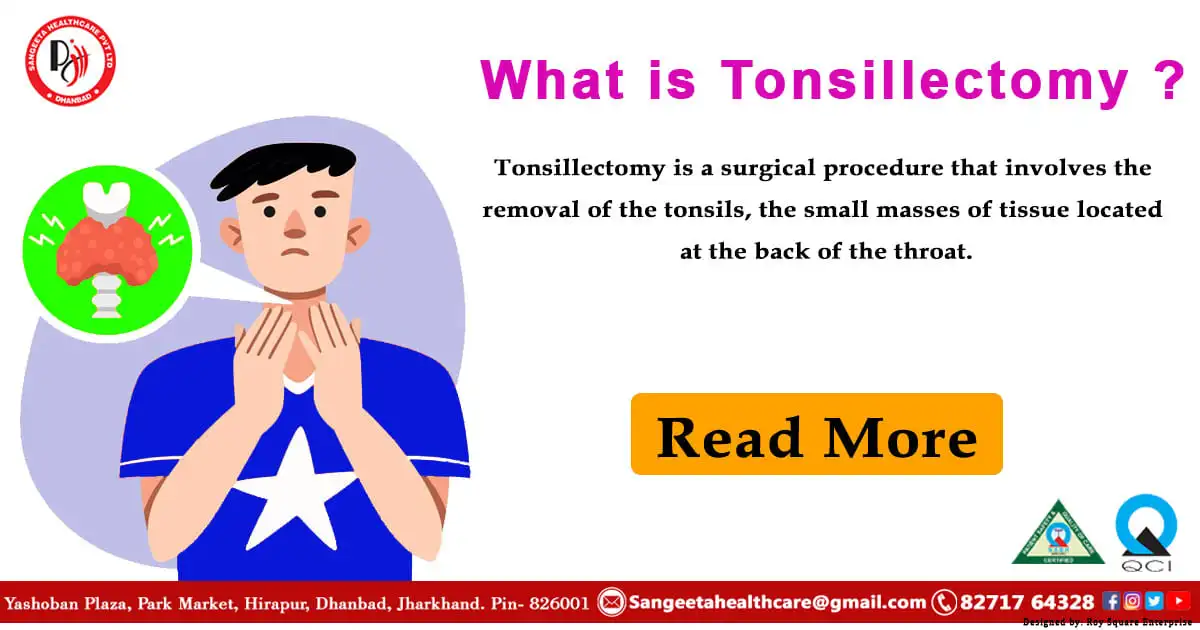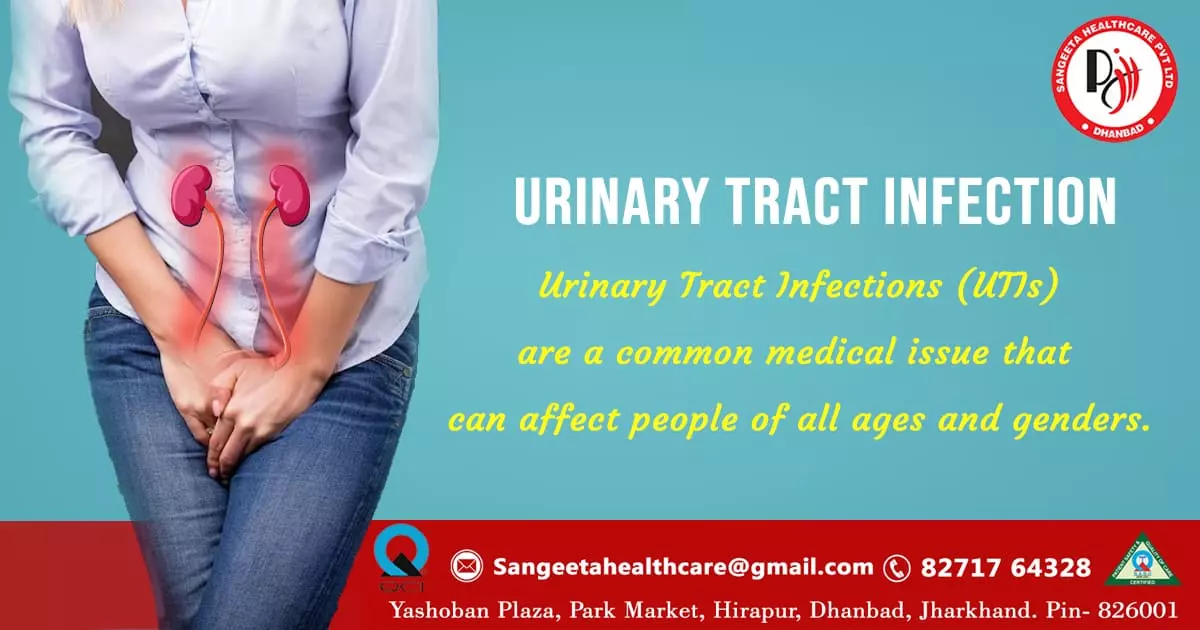Fistula
Fistula is a medical condition that affects thousands of individuals around the world, particularly women in developing countries. Despite its prevalence, fistula remains a hidden and often misunderstood health issue. This blog aims to shed light on fistula, its causes, impacts, and the importance of raising awareness to break the silence surrounding this condition.
What is Fistula?
An improper connection between an organ and the skin, or between two organs, is known as fistula. Genitourinary fistulas, such as obstetric fistulas, are the most common and often occur in the pelvic region. Obstetric fistulas typically result from prolonged and obstructed labor, causing a hole to form between the birth canal and the bladder or rectum.
Causes:
The primary cause of obstetric fistulas is prolonged labor without access to proper medical care, especially in resource-poor settings. Lack of skilled birth attendants, limited access to emergency obstetric care, and early marriage contribute to the prevalence of fistulas. Other causes include surgical complications, trauma, or inflammatory bowel disease.
Impact on Women’s Lives:
Fistulas have devastating physical, emotional, and social consequences, particularly for women. The continuous leakage of urine or feces can lead to chronic infections, skin disorders, and isolation from society. Many women affected by fistulas face stigma and discrimination, often resulting in marital breakdowns and social ostracization.
Addressing Fistula: Medical and Social Perspectives:
The good news is that fistulas are treatable through surgery. Surgical interventions can repair the abnormal connections and restore normal bodily functions. However, access to timely and affordable healthcare remains a significant challenge for many affected individuals.

On a broader scale, addressing fistula requires a multi-faceted approach. This includes:
- Raising Awareness: Initiatives aimed at educating communities, healthcare professionals, and policymakers about the causes and consequences of fistulas are crucial. Breaking the silence around fistula helps reduce stigma and encourages affected individuals to seek medical assistance.
- Improving Maternal Healthcare: Ensuring access to quality maternal healthcare, including skilled birth attendants and emergency obstetric care, can prevent many obstetric fistulas. Supporting initiatives that focus on maternal health and safe childbirth practices is essential.
- Empowering Women: Initiatives that empower women through education, economic opportunities, and raising awareness about their rights can contribute to preventing early marriages and promoting overall well-being.
Fistulas can occur in various parts of the body, leading to abnormal connections between organs or between an organ and the skin. Here are some different types of fistulas based on their location and causes:
1. Obstetric Fistula:
- Location: Typically occurs in the pelvis, involving the reproductive and urinary systems.
- Cause: Resulting from prolonged and obstructed labor during childbirth, leading to a hole between the birth canal and the bladder or rectum.
2. Enteroatmospheric Fistula:
- Location: Commonly found in the abdominal region.
- Cause: Often associated with surgical complications, such as postoperative leaks, infections, or trauma. These fistulas are challenging to manage due to exposure to the external environment (atmosphere).
3. Enteroenteric Fistula:
- Location: Between two segments of the small intestine or the large intestine.
- Cause: Frequently associated with inflammatory bowel diseases (IBD) like Crohn’s disease, where chronic inflammation leads to the formation of abnormal connections between intestinal segments.
4. Enterovaginal Fistula:
- Location: Between the intestine and the vagina.
- Cause: Can be a consequence of inflammatory conditions, pelvic infections, or previous pelvic surgeries.
5. Rectovaginal Fistula:
- Location: Between the rectum and the vagina.
- Cause: Often associated with childbirth trauma, inflammatory bowel diseases, or surgical complications. It can lead to the passage of stool into the vagina.
6. Vesicovaginal Fistula:
- Location: Between the bladder and the vagina.
- Cause: Usually occurs after complications during gynecological surgeries, trauma, or prolonged labor. It results in the leakage of urine into the vagina.
7. Tracheoesophageal Fistula:
- Location: Between the trachea (windpipe) and the esophagus (food pipe).
- Cause: Congenital condition where there is an abnormal connection between the respiratory and digestive systems. It can cause respiratory and feeding difficulties in newborns.
8. Bronchopleural Fistula:
- Location: Between the bronchial tubes in the lungs and the pleural space surrounding the lungs.
- Cause: Often occurs as a complication of lung surgery, trauma, or infection. It can lead to the leakage of air or fluid into the pleural space.
9. Arteriovenous Fistula:
- Location: Between an artery and a vein.
- Cause: Can be congenital or acquired through trauma, surgery, or certain medical conditions. It leads to abnormal blood flow between the arterial and venous systems.
10. Gastrocutaneous Fistula:
- Location: Between the stomach and the skin.
- Cause: Can result from surgical complications, trauma, or underlying digestive diseases. It may lead to the drainage of stomach contents through an opening in the skin.
It’s important to note that each type of fistula requires specific medical management, and treatment options may include surgery, medications, or a combination of approaches based on the individual case. For improved results, early diagnosis and management are essential.
Fistula is a silent epidemic affecting the lives of countless women worldwide. By breaking the silence and fostering a collective effort to address the root causes, we can make significant strides in preventing and treating fistulas. Empowering women, improving maternal healthcare, and raising awareness are key components of the comprehensive approach needed to eradicate this debilitating condition and restore dignity to those affected. Together, we can build a world where no woman suffers in silence from the consequences of fistula.

Understanding Some Unique Forms of Fistula
In the realm of medical conditions, fistulas come in various forms, and some, like Brescia-Cimino Fistula, Urachal Fistula, and Horseshoe Fistula, are less commonly discussed. This blog aims to shed light on these specific types of fistulas, exploring their origins, symptoms, and potential treatment options.
1. Brescia-Cimino Fistula:
Overview: The Brescia-Cimino Fistula is a specialized type of fistula that occurs in the context of vascular access for hemodialysis. Named after the Italian surgeons who pioneered its creation, this fistula is an arteriovenous connection typically established in the forearm for easier access during dialysis procedures.
Formation: The fistula is created by surgically connecting an artery to a vein, allowing high blood flow through the vein, which eventually enlarges and becomes suitable for repeated needle insertions during dialysis sessions.
Significance: Brescia-Cimino Fistulas are considered the gold standard for vascular access in hemodialysis due to their longevity, reduced complications, and improved efficiency compared to other types of access.
2. Urachal Fistula:
Overview: The urachal is a structure in the fetal development that connects the bladder to the umbilicus. After birth, it usually degenerates. However, when this channel persists, it can lead to the formation of anurachal fistula.
Symptoms: Urachal fistulas may present with symptoms such as drainage of urine or mucus from the umbilicus, abdominal pain, or recurrent infections. It is a rare condition but can cause discomfort and complications if left untreated.
Treatment: Management often involves surgical intervention to close the fistula and address any remaining urachal remnants. Timely intervention is crucial to prevent complications and alleviate symptoms.
3. Horseshoe Fistulas:
Overview: Horseshoe Fistula is a specific type of fistula associated with certain types of inflammatory bowel diseases, such as Crohn’s disease. It involves the formation of abnormal connections between the rectum and the skin surrounding the anus.
Causes: Chronic inflammation in the bowel, often seen in conditions like Crohn’s disease, can lead to the development of fistulas. In the case of Horseshoe Fistula, these connections typically form around the anal region, causing significant discomfort and complications.
Treatment: Management often involves a combination of medical therapies, such as medications to control inflammation, and surgical intervention to address the fistula. The goal is to alleviate symptoms, promote healing, and prevent recurrences.
The Anatomy of Thyroglossal Fistula:
Embryonic Development: During fetal development, the thyroid gland descends from its original location near the base of the tongue through a duct known as the thyroglossal duct. As it moves downward, the duct usually closes, leaving the thyroid in its final position in the neck. However, if this duct fails to close entirely, a thyroglossal cyst or fistula can develop.
Formation of Thyroglossal Fistula: When the thyroglossal duct persists and remains open, it can result in the formation of a thyroglossal cyst. If this cyst becomes infected or spontaneously ruptures, it may leave behind a tract or passage, leading to the development of a thyroglossal fistula.
Symptoms:
1. Neck Mass or Lump:
- A noticeable swelling or lump in the midline of the neck, typically below the hyoid bone.
2. Drainage:
- Discharge of pus or mucus from the opening in the skin, which may be intermittent.
3.Thyroid Gland Issues:
- Occasionally, individuals with thyroglossal fistula may experience thyroid-related symptoms, as the condition is linked to the thyroid gland’s embryonic descent.
Diagnosis and Treatment:
1. Imaging Studies:
- Ultrasonography, computed tomography (CT), or magnetic resonance imaging (MRI) can help visualize the extent and nature of the thyroglossal fistula.
2. Surgical Intervention:
- The primary mode of treatment is surgical removal of the thyroglossal fistula and any associated cysts. This procedure, known as a Sistrunk procedure, involves excising the tract and a portion of the hyoid bone to reduce the likelihood of recurrence.
3. Thyroid Evaluation:
- Comprehensive evaluation of thyroid function is often performed to assess any impact the thyroglossal fistula may have on thyroid health.
Thyroglossal fistula, though relatively uncommon, presents a distinctive challenge that necessitates a thorough understanding of its embryonic origins and clinical manifestations. With advancements in diagnostic techniques and surgical interventions, healthcare professionals can effectively manage and treat this condition, restoring normalcy to the lives of those affected. By increasing awareness and fostering research, we can contribute to the ongoing efforts aimed at refining treatment approaches and enhancing the overall quality of care for individuals with thyroglossal fistula.
While Brescia-Cimino Fistula, Urachal Fistula, thyroglossal fistula and Horseshoe Fistula might not be as commonly discussed as some other medical conditions, they each present unique challenges and considerations for both patients and healthcare providers. Increased awareness and understanding of these conditions are crucial for early diagnosis and effective management. Through ongoing research and medical advancements, we can continue to refine treatment approaches, improving outcomes for individuals affected by these uncommon fistulas.
Anal fissures is another crucial form of anal health is a topic often shrouded in silence and discomfort. Now, we will shedding light on its causes, symptoms, and available treatments.
Anal Fissures: An anal fissure is a small tear or cut in the lining of the anus. These fissures typically occur due to trauma during bowel movements, often caused by passing hard or large stools. Conditions such as constipation, diarrhea, or inflammatory bowel diseases can contribute to the development of anal fissures.
Symptoms:
- Sharp pain during bowel movements
- Bright red blood on toilet paper or in the toilet bowl
- Itching or irritation around the anus
Treatment: Most anal fissures can be managed with conservative measures, such as dietary changes to promote softer stools, increased water intake, and topical medications to alleviate pain and promote healing. In severe cases, medical interventions like botulinum toxin injections or surgery may be necessary.
Fissure vs. Fistula
Distinguishing Factors: While both fissures and fistulas can cause discomfort and pain in the anal region, key differences set them apart. Anal fissures are typically straightforward tears in the anal lining, often related to bowel movements, while anal fistulas involve an abnormal connection between the anal canal and the skin, usually forming as a result of unresolved abscesses.
Prevention and Self-Care: Maintaining good anal health involves practices like staying hydrated, consuming a fiber-rich diet to prevent constipation, and practicing proper hygiene. Addressing bowel issues promptly and seeking medical attention for persistent symptoms can prevent complications and aid in early intervention.
Understanding the differences between anal fissures and fistulas is crucial for individuals seeking relief from anal discomfort. Whether you’re dealing with a fissure or a fistula, timely medical attention and proactive self-care are essential for effective management and overall anal health. Breaking the stigma surrounding these conditions empowers individuals to seek help, fostering a healthier and more informed approach to anal well-being.




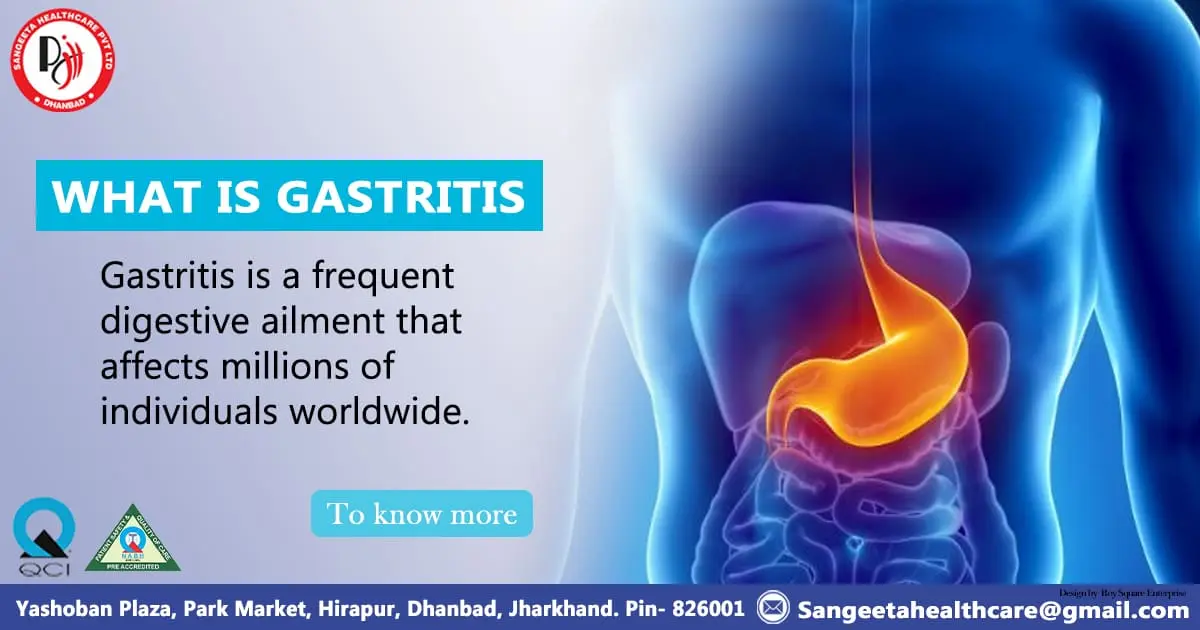

 Symptoms:
Symptoms:
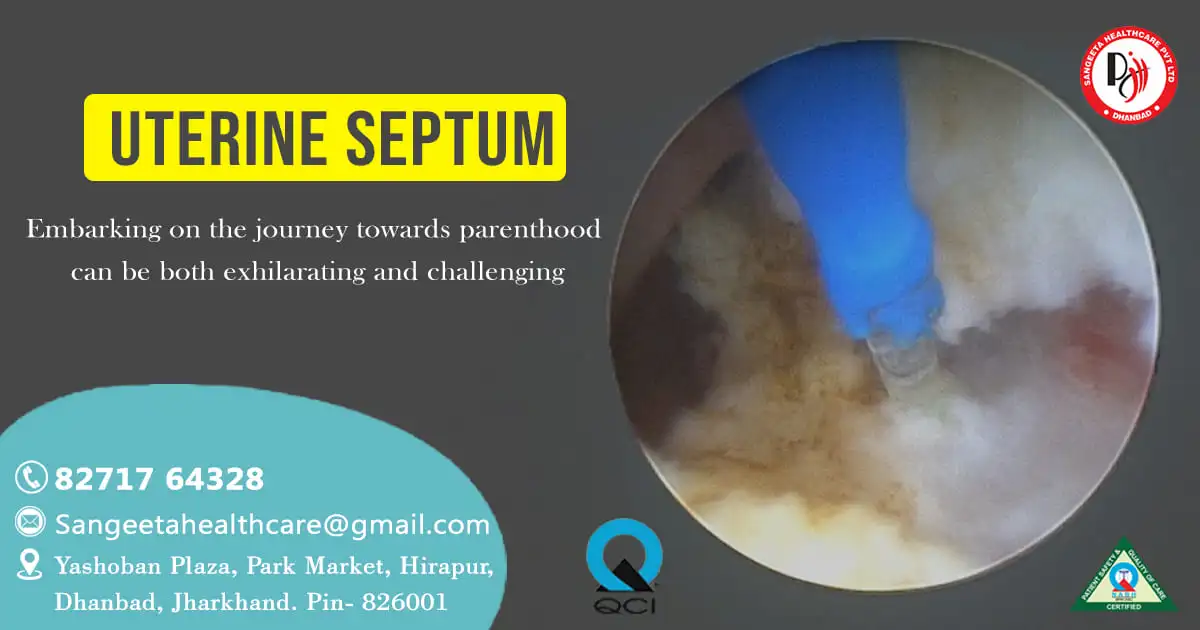



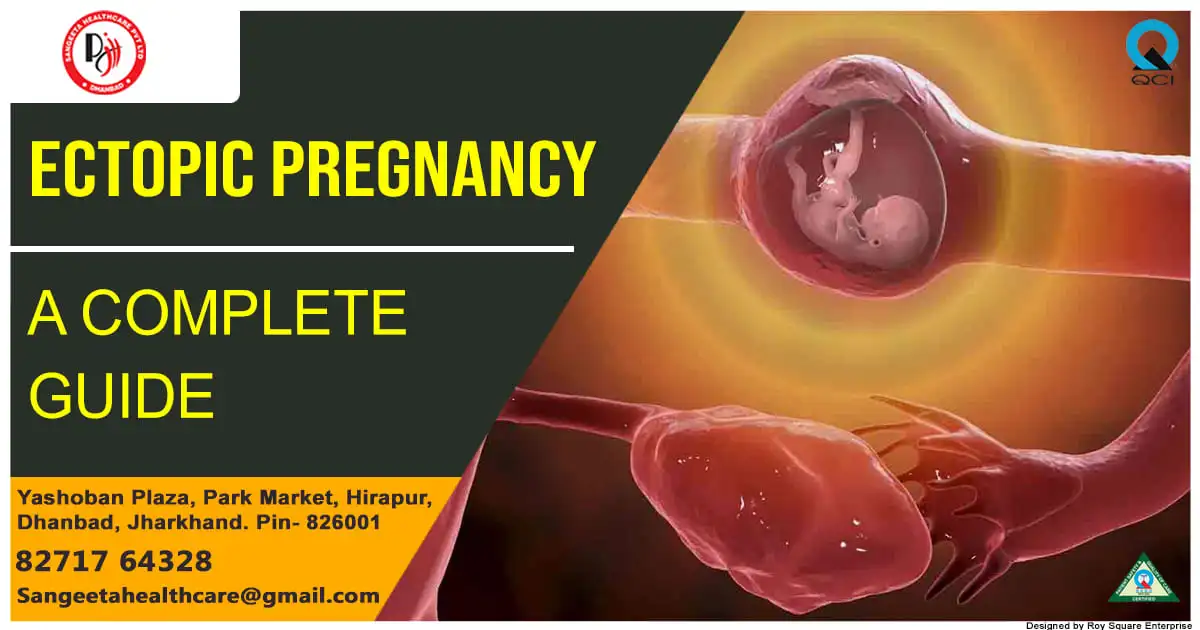
 Ectopic Pregnancy
Ectopic Pregnancy

